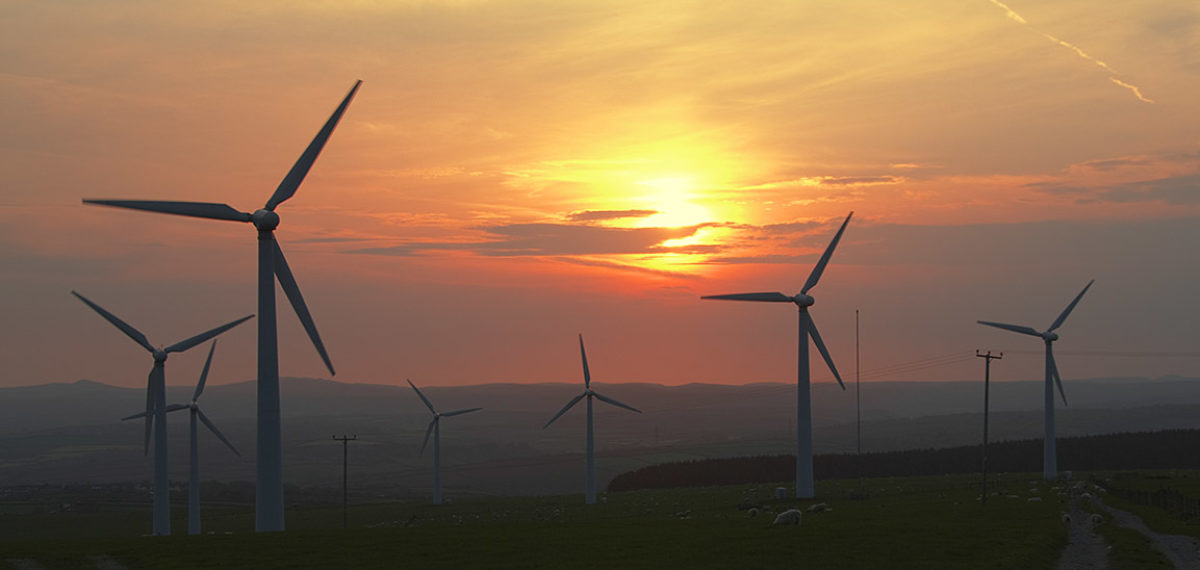As coal-fired electricity production started up yesterday for the first time in months to fill the gap on a low wind day the cheapest solution – investing in more solar, wind and also storage capacity – was being widely ignored. Yet that solution would be many times cheaper than investing in Sizewell C, which was the solution being widely touted. A big spike in wholesale power prices (that won’t last anyway) is being used to justify pouring many billions of taxpayers money down a nuclear black hole.
Rachel Lee, the Claverton Group’s electricity distribution system expert said ‘Of course the real inconvenient truth is that, at £240/MWh, it would be cheaper to build more wind and solar and use hydrogen as the backup fuel’
In fact Centrica have already floated a £1.6 billion plan to re-cast their (formerly natural gas) Rough storage facility as hydrogen storage. It would hold enough hydrogen to plug yesterday’s gap many, many times over. This field could be supplied by offshore wind turbines whose electricity is turned into hydrogen. Around 4GW is already planned by the early 2030s just from just one project, called ‘Dolphyn‘. Add on some cheap gas engines or turbines that run on hydrogen and there’s no need at all for coal or nuclear. All of this is likely to come in a lot cheaper than the over £20 billion pounds that Sizewell B is going to cost (that is if it breaks a record for new nuclear in the UK and comes in at its original price tag).
Of course I don’t want to criticized for ignoring a raft of other renewables plus storage solutions. Carbon neutral synthetic hydrocarbon fuels suitable for conventional gas engines or turbines can also be produced and easily stored from a process called ‘Direct Air Capture’ (DAC). Renewable electricity can pull carbon dioxide out of the air, combine it with water and produce the synthetic fuel. This is another option that is gloriously unfunded by the Government in favour of Sizewell C. See a wealth of renewables plus storage options HERE.
David Toke

Coal is being used to provide electrical energy when there is a shortfall in wind energy. Building more wind turbines has NO impact on the shortfall in wind energy. ONLY storage can solve that problem.
A nuclear power plant provides a stable source of zero emission energy, irrespective of wind variability. Each GW available from a nuclear power plant reduces the need for storage to cover wind energy shortage.
The 100% Renewable strategy has been aptly characterized by the world famous climate scientist, James Hansen, as equivalent to a belief in the tooth fairy. But what does Hansen and his climate scientist colleagues know about the problem?
well, stored renewable energy can fill the gap when there’s not enough solar, wind etc. That’s what the blog post says. You’ve got that I see – the rest of your comment doesn’t follow from that observation, though.